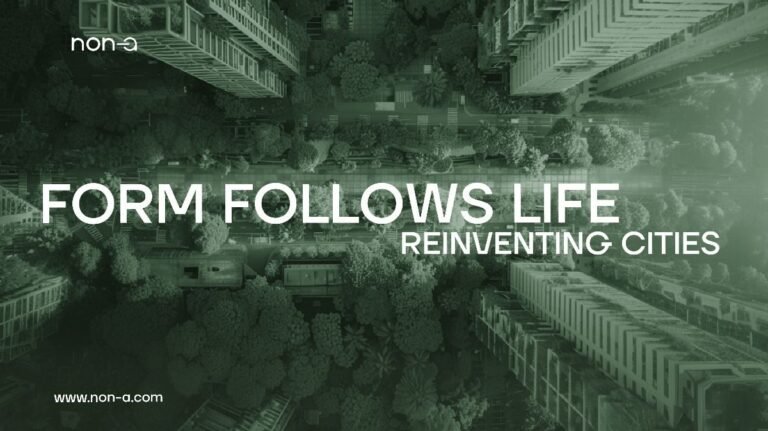Planet City: Using Imaginary Worlds as Sustainable Models to Tackle Climate Change
Planet City: Using Imaginary Worlds as Sustainable Models to Tackle Climate Change

Liam Young is a speculative architect, product designer, and director who operates in the spaces between design, fiction, and futures. Young specializes in designing environments for the film and television industry, harboring the belief that creating imaginary worlds grants us the ability to connect emotionally to the ideas and challenges of our future.
Following the centuries of colonization, globalization, and never-ending economic extraction and expansionism, humans have remade the world from the scale of the cell to the tectonic plate. Young suggests in a TED Talk, “What if we radically reversed this planetary sprawl? What if we, as humans, reached a global consensus to retreat from our vast network of cities and entangled supply chains into one hyper-dense metropolis housing the entirety of the earth’s population?”
Thus, came about Young’s thought experiment for this world called Planet City, an imaginary city, an exploration of the productive potential of extreme densification, calling 10 billion people to surrender the rest of the planet to a global wilderness. Young proposes that the entire population of the earth could live in this hyper-dense, self-sufficient metropolis only occupying as little as 0.02 percent of the earth’s surface, housing an area that is roughly the size of an average U.S. state.
Created in response to the rising red line on the graph of climate change, the notion of world-building and storytelling provides abundantly more than the mere act of visualizing this data but dramatizes it. Therefore, in speculative cities, we can immerse ourselves in the various consequences of the decisions we are called to face today, told both through cautionary tales or road maps to an aspirational future.
Building Planet City becomes possible when we consider re-mining our old cities rather than virgin ground, avoiding the need to consume or extract new resources. The world’s shipping fleet that currently scatters matter ripped from the earth into our malls and storefronts could be reversed and repurposed to bring all this material back together again into the geological strata of a newly built city. The ghosts of nation states subsequently give way to new neighborhoods formed around shared cultural practices as we perform new myths of care, belonging, and recreation.

Although wildly provocative, Planet City renounces the techno-utopian fantasy of designing a new world order in the form of a work of critical architecture comprising speculative fiction grounded in statistical analysis, research, and traditional knowledge. Imaginary worlds can be grounded in the real science and technology of the present moment, granting us the means to project ourselves into these futures. Avenues of exploration into how such a new world can evolve are opened, not in a singular forced move, but in the guise of a slow, multigenerational retreat from the world we once knew.

Therefore, Planet City is not a proposal, but a provocation, a thought experiment. We aren’t required to tread so hard across the Earth, as the only things stopping us from rethinking and consolidating our existing cities is ourselves, our own politics and prejudices, biases, and blind spots.
In many ways, it’s almost as if we have been living in a planetary-scaled city this whole time, even more so as we have urbanized our planet from the scale of the cell to the tectonic plate. Planet City is both entirely fictional, but also already here. Simultaneously, a challenging image of a possible tomorrow and an urgent illumination of the environmental questions that are facing us head-on today. Perhaps this is a call to actively visualize our possible futures, and perhaps these imaginary worlds in which we can collectively shape our city’s direction are where we ought to look toward.

This article is part of the ArchDaily Topics: Cities and Living Trends. Every month we explore a topic in-depth through articles, interviews, news, and projects. Learn more about our ArchDaily topics. As always, at ArchDaily we welcome the contributions of our readers; if you want to submit an article or project, contact us.






